|
Approximately one-third of the world’s food supply is lost or wasted every year. Fruits and vegetables have the highest waste of any food, so we’ve gathered a few tips to help pack produce onto your plate and divert it from the dumpster.
Root Vegetables: Get Soup Savvy Blending root vegetables is a quick, easy way to savor the flavors of the season. (They are easily frozen this way too.)
Leafy Greens: Wilted? That Works! Sauteing leafy greens is a useful cooking strategy when their crispness begins to decline.
Cauliflower: Go Halfsies with Grains Cauliflower’s chameleon-like flavor makes it one of the most versatile vegetables out there.
REFERENCE: FAO. Cutting Food Waste to Feed the World. 2011. Last accessed 2020.
0 Comments
Regularly eating cruciferous vegetables, like broccoli, may be associated with a lower risk of cancer. Studies also show that consuming cruciferous vegetables may help improve cancer survival and reduce risk of early death from chronic diseases, like heart disease.
Other cruciferous vegetables include:
Cruciferous vegetables contain sulfur compounds that promote detoxification pathways in the liver and help eliminate toxins and waste. Research has shown these compounds may help attack cancer cells and could protect the heart by reducing inflammation. Cruciferous vegetables, like most fruits and vegetables, are also rich disease-fighting plant compounds like antioxidants. Eat cruciferous vegetables often. Some research correlates consuming about 4 to 6 ounces per day with benefits. (This would be the equivalent of eating at least a cup daily.) Try these ideas to increase your cruciferous vegetable intake:
REFERENCES Abdull Razis AF, Konsue N, and C Ioannides. Isothiocyanates and xenobiotic detoxification. Molecular Nutrition & Food Research. 2018;62(18):e1700916. Farvid MS, Chen WY, Rosner BA, Tamimi, RM, Willett WC and AH Eliassen. Fruit and vegetable consumption and breast cancer incidence: repeated measures over 30 years of follow‐up. Int. J. Cancer. 2019;144(7):1496-1510. Grundemann C and R Huber. Chemoprevention with isothiocyanates – from bench to bedside. 2018;414:(26-33). Wu QJ, et al. Pre-diagnostic cruciferous vegetables intake and lung cancer survival among Chinese women. Sci Rep. 2015;5(10306). Zhang X, et al. Cruciferous vegetable consumption is associated with a reduced risk of total and cardiovascular disease mortality. Am J Clin Nutr. 2011; 94(1): 240–246. Incorporating vegetables into breakfast is not always easy, but smoothies can help kick start your day with powerhouse nutrients in a travel-friendly format.
Blended food can feel less filling, but incorporating protein, fat, and fiber into your smoothies increases fullness by slowing down digestion and adding volume. Other strategies for promoting satiety include sipping slowly and chewing a handful of nuts (instead of adding protein and fat to your smoothie). MAKE A BALANCED BREAKFAST BY USING THIS CHART Here are two smoothie ideas to get you started: 1 cup frozen mixed berries + 1 cup cauliflower + ½ cup unsweetened almond milk + ½ cup plain Greek yogurt + 1 tablespoon peanut butter + 1 teaspoon cinnamon OR ½ cup blueberries + ½ banana + 1 cup spinach + ½ cup milk + 1 teaspoon grated ginger with small handful of almonds on the side (about ¼ cup) References: Dhillon, J et al. The effects of increased protein intake on fullness: a meta-analysis and its limitations. J Acad Nutr Diet; 2016. 116(6): 968-983 Rogers, PJ and R Shahrokni. A comparison of the satiety effects of a fruit smoothie, its fresh fruit equivalent and other drinks. Nutrients; 2018. 10(4):431. Slavin, JL. Position of the American Dietetic Association: health implications of dietary fiber. J Am Diet Assoc; 2008. 108(10): 1716-3. With the return to cool temperatures, we also usher in a season of squash. Varieties include butternut, spaghetti, delicata, kabocha, and acorn.
These winter vegetables are a good source of vitamin A, which supports a healthy immune system and may help protect against cancer. They also contain fiber and generally have fewer calories per cup compared to other types of carbohydrates. Due to their tough exterior, squash can be intimidating to cook. But certain varieties (like spaghetti or acorn squash) are easy to prepare. To roast them: 1. Cut the squash in half using a large sharp knife 2. Scoop out seeds and stringy flesh 3. Brush inside with olive oil and season with salt and pepper 4. Roast (flesh side down) in a 400° oven for 30 to 45 minutes (or until tender when pierced with a fork) 5. Shred the spaghetti squash with a fork or scoop out the acorn squash flesh using a spoon Need inspiration? Try this recipe. REFERENCES Nosowitz, D. The Modern Famer Guide to Winter Squash Varieties. Modern Farmer, 2017. Accessed September 2018. Vitamin A: Fact Sheet for Health Professionals. NIH: Office of Dietary Supplements, Updated 2018. Accessed September 2018. Winter Squash. Harvard T.H. Chan School of Public Health: The Nutrition Source. Accessed September 2018. Studies show eating vegetables can reduce risk of early death, especially related to heart problems. Yet, only 13% of us meet the recommended intake. Most people should have at least 2 to 3 cups a day.
Leafy greens are particularly protective, but increasing any type is helpful. Here are five ways to add more vegetables to foods you love:
Already include a vegetable with dinner? Serve more than one. Research shows when multiple vegetables are offered, a larger quantity is eaten overall. REFERENCES Hung, H.C., et al., Fruit and Vegetable Intake and Risk of Major Chronic Disease. J Natl Cancer Inst, 2004. 96(21): 1577-84. Hung H.C, et al., Health-Promoting Components of Fruits and Vegetables in the Diet. Advances in Nutrition, 2013. 4(3): 384S–392S. Meengs, J., Rose, L., Rolls, B. and H. Guthrie, Vegetable Variety: An Effective Strategy to Increase Vegetable Intake in Adults. J Acad Nutr Diet, 2012. 112(8): 1211-1215. Slavin, J. and B. Lloyd, Health Benefits of Fruits and Vegetables. Adv Nutr, 2012. 3(4): 506–516. Wang, X. et al., Fruit and Vegetable Consumption and Mortality from All Causes, Cardiovascular Disease, and Cancer: Systematic Review and Dose-response Meta-analysis of Prospective Cohort Studies. BMJ, 2014. 349:g4490. |
TOPICS
All
Archives
December 2023
|
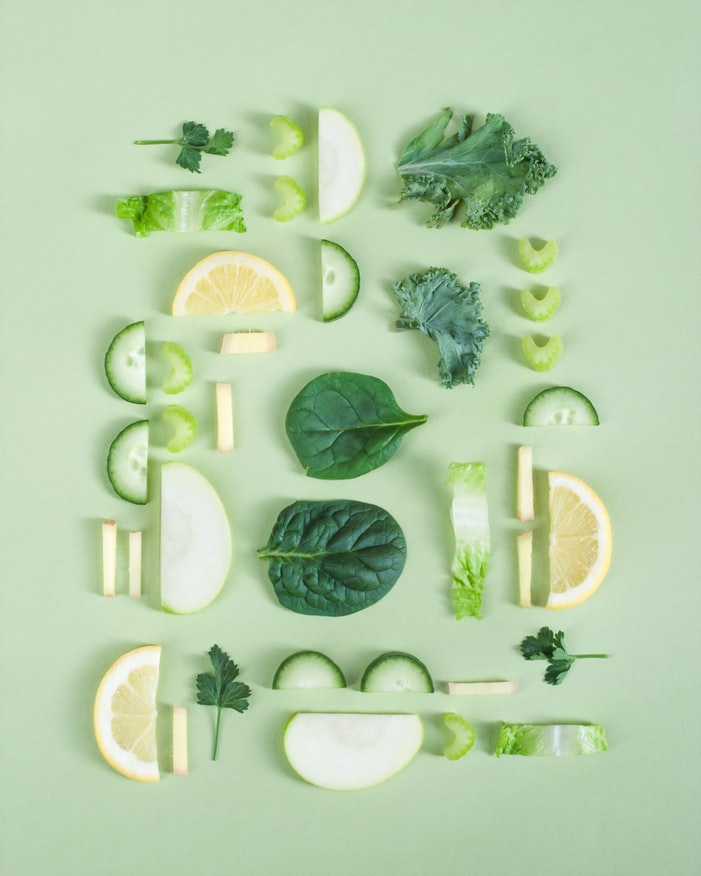
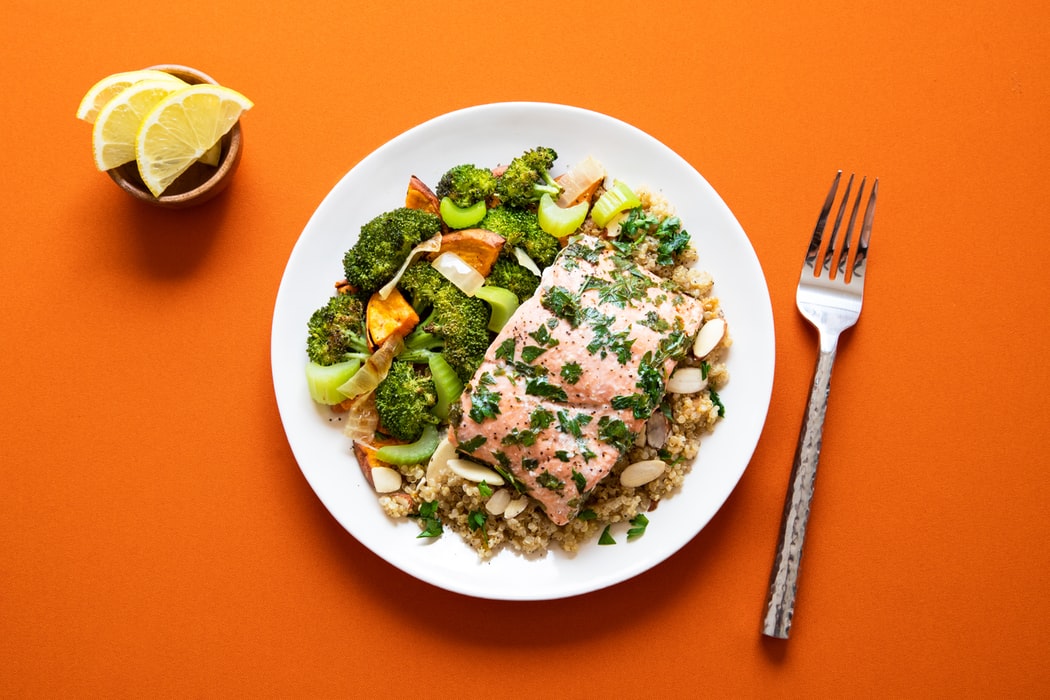
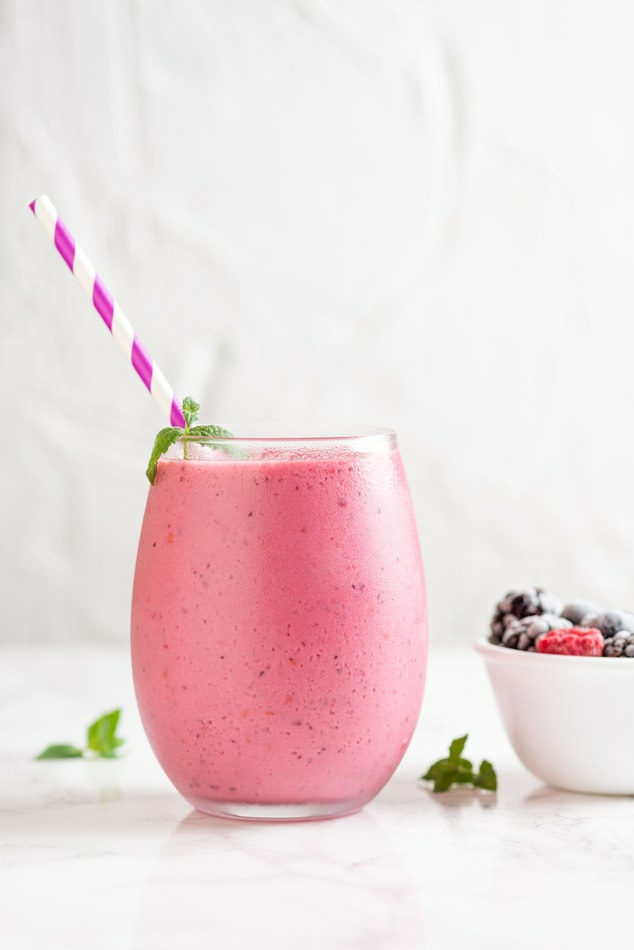
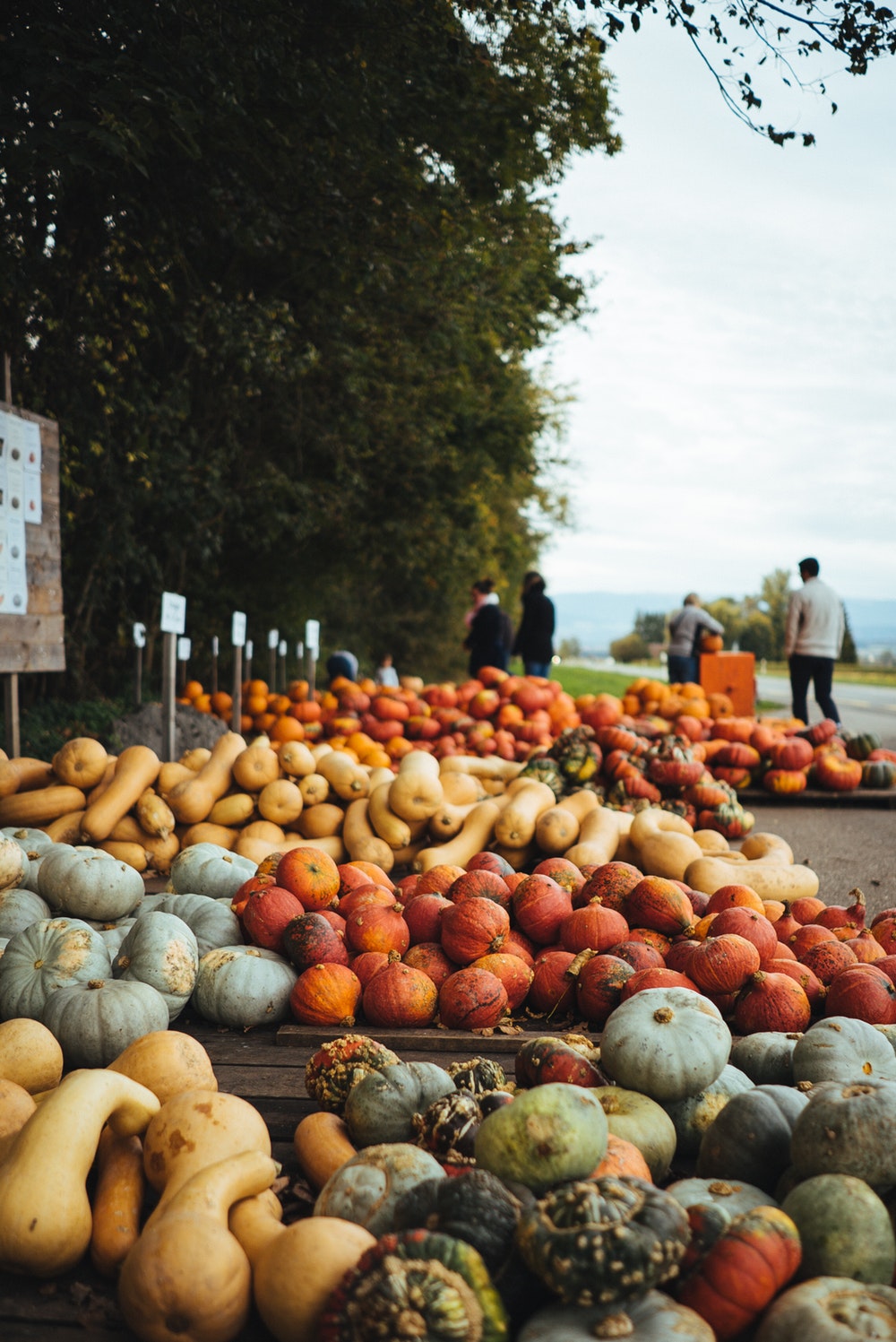
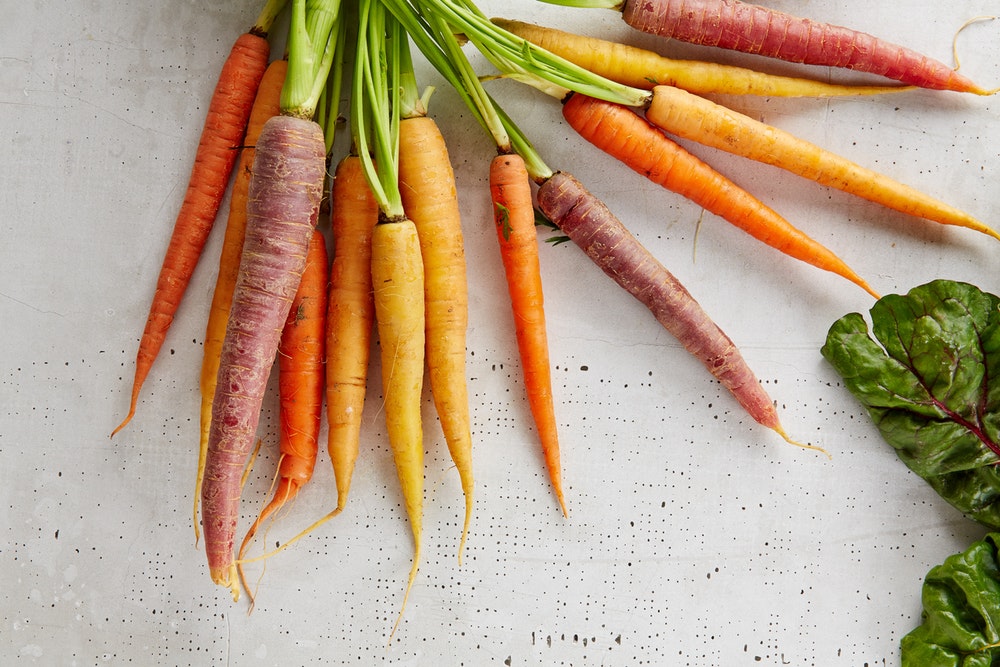

 RSS Feed
RSS Feed